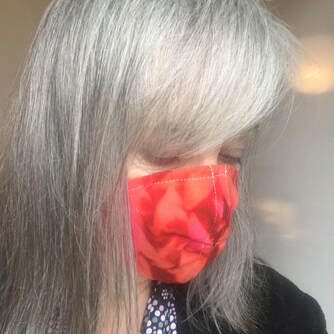
Sure, there is a tsunami of science that proves that the three-layered, tight-weave cotton reusable mask that I’ve been making won’t protect you — the wearer — from catching the virus but this is not about you and you alone. This is about us, about keeping our own damn germs to ourselves, a civic duty seen in east Asian nations that have been-there-done-that with SARS. As pointed out in today’s (at this writing) article in The Atlantic, a store full of shoppers in masks may be seen by those on this side of the Pacific Rim as a sign of the coming apocalypse but one of assurance on the other side: I’ll protect you if you protect me (Check out #masks4all and #youprotectmeIprotectyou).
At Emily Carr University of Art + Design, where I’ve spent the last two years, masks suddenly appeared on some student faces as Covid-19 hit the news, far before any social-distancing policies were set. My personal observation is that those taking these early precautions were likely international students from Asian countries where mask-wearing is a norm for anyone contending with even a cold or seasonal allergies. The sudden sight of all these masks in class and corridors may have unsettled the rest of the student body but it inspired me to design something I’d like to wear: reusable, washable, of natural felted fibre, sculpted so it didn’t touch my mouth, infused with my favourite “Panic Button” essential oil blend.
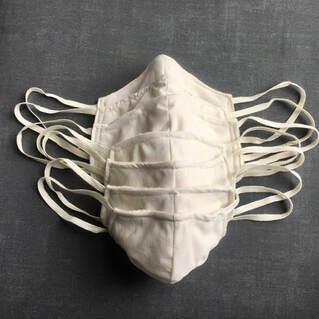
I’m reflecting on the real, insatiable need for masks in my own vicinity, right now, for those who are jammed into shelters and squalid hotel rooms with shared bathrooms. While I await reports on how this pandemic is hitting the sick and homeless, I’ll assume masks are a basic need. And until I am tested, I’ll assume that I am an asymptomatic carrier.
I mask up for your protection when I go out for my essential business and when I return I disinfect it, put it back in its baggie, then get back to the task at hand. See my simple three-ply pleated pattern below, or, for you non-sewcialists, check out the T-shirt version at bottom.
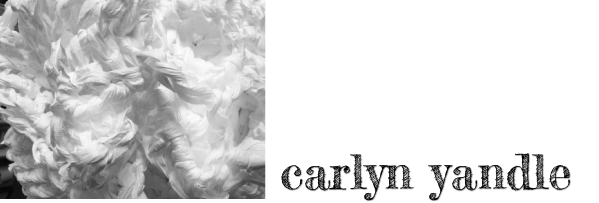
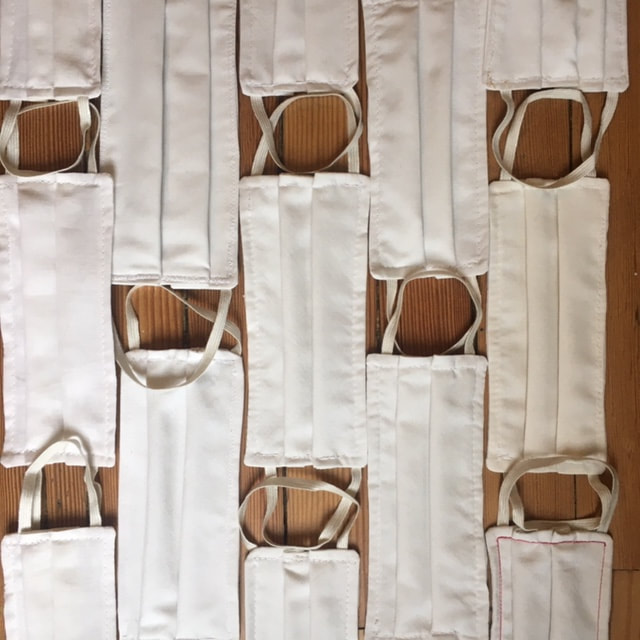

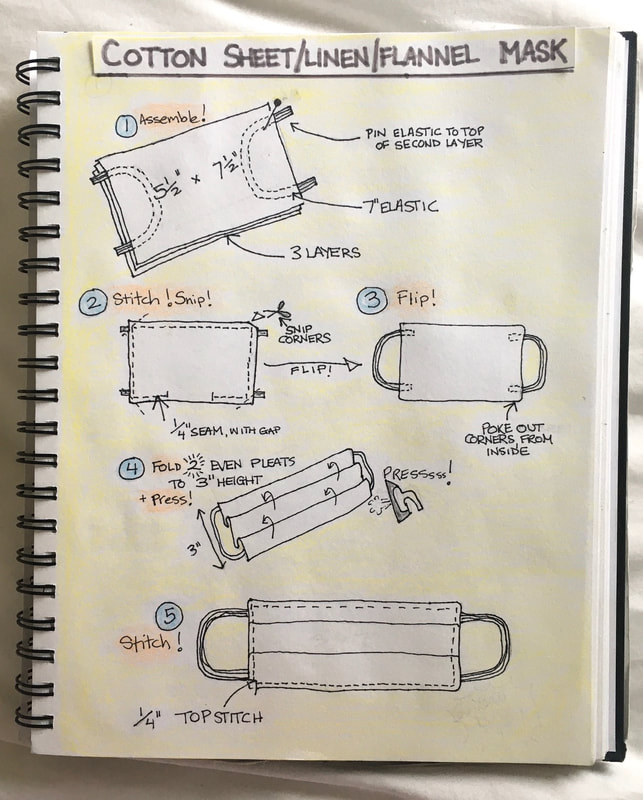

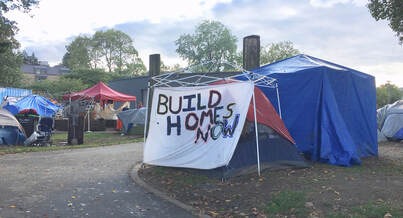
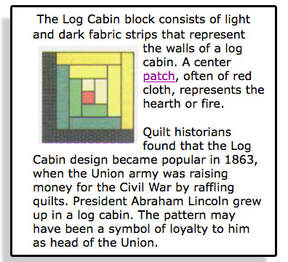


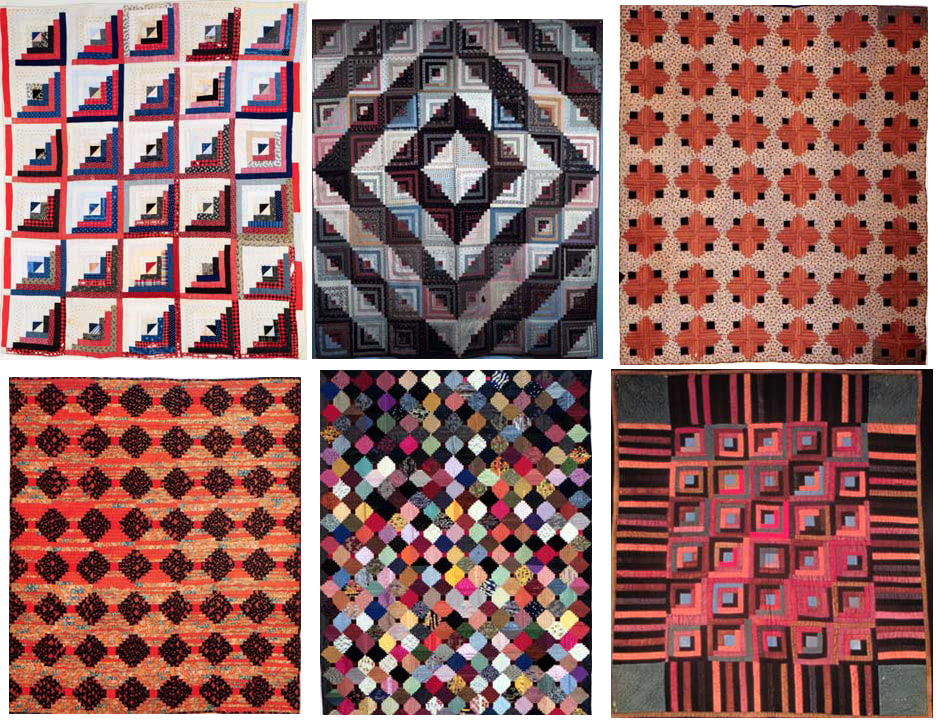
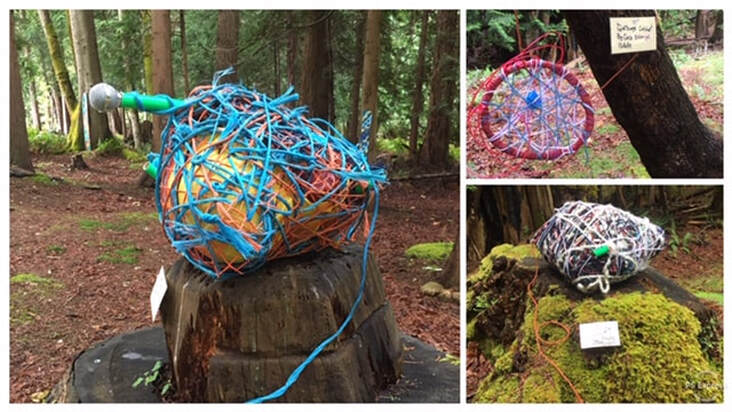
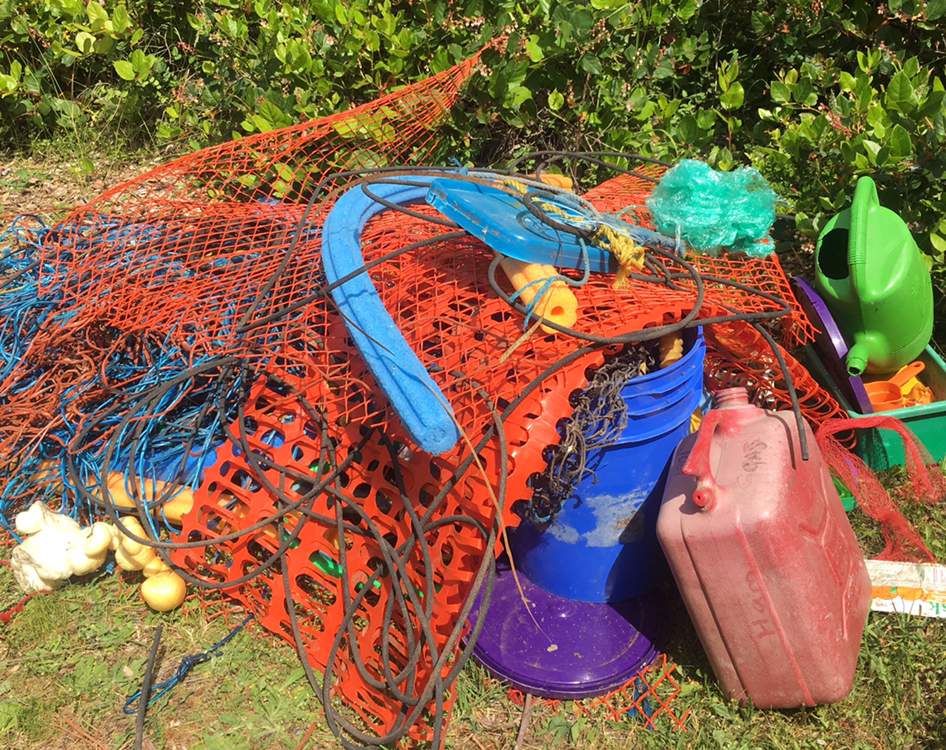

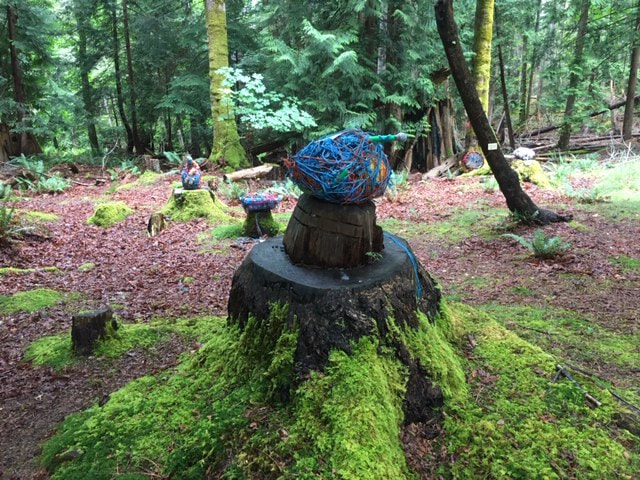

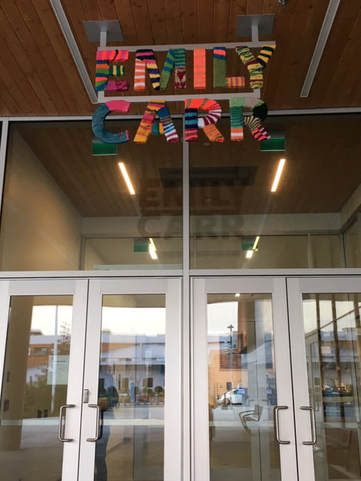
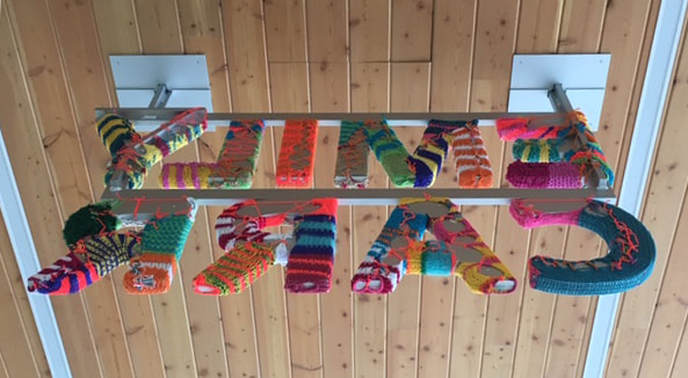
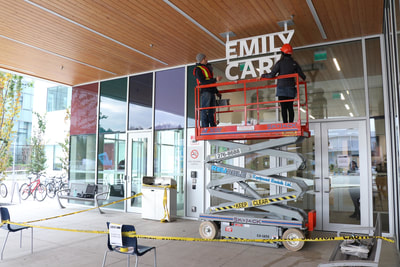
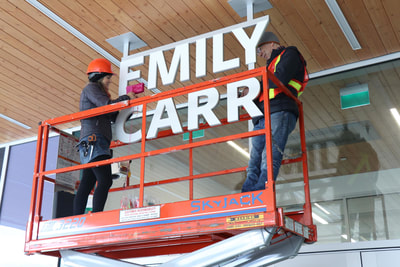
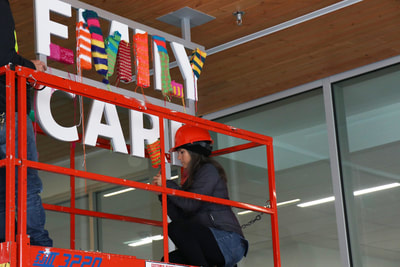
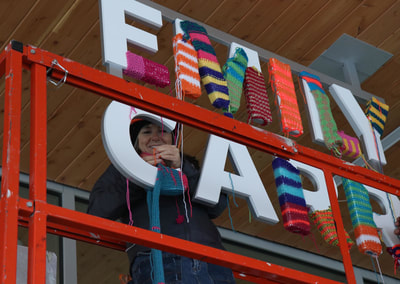
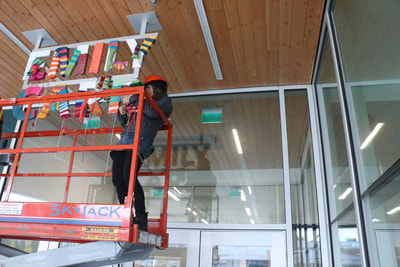
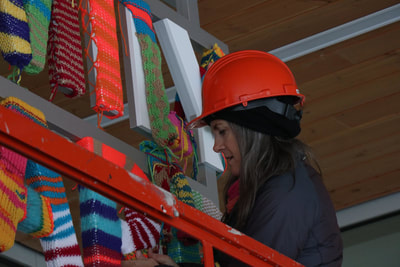
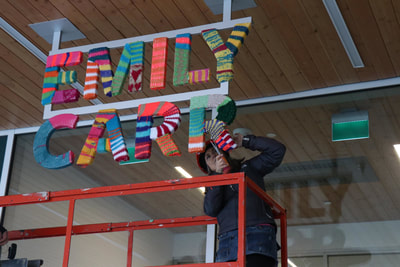
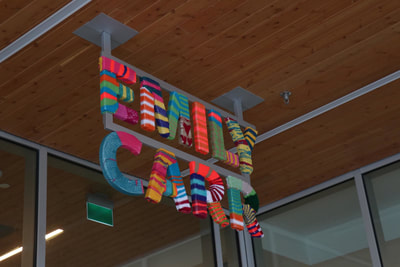
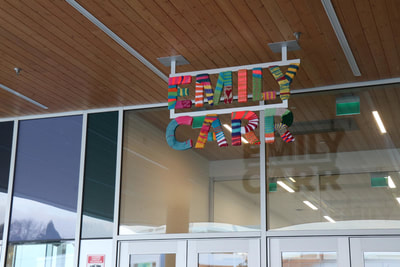
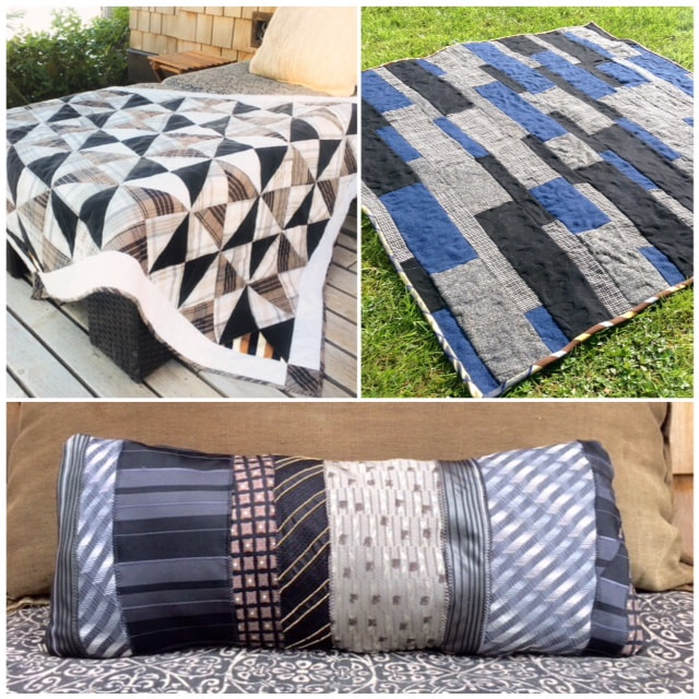
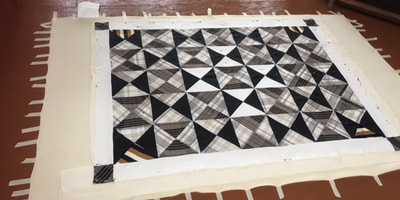

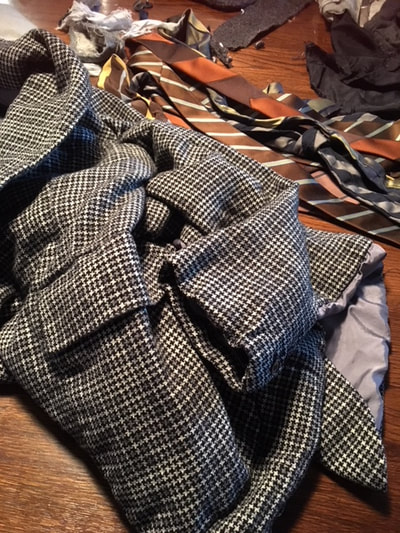
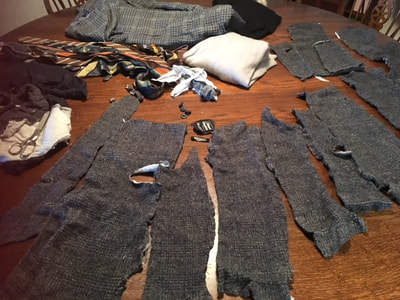

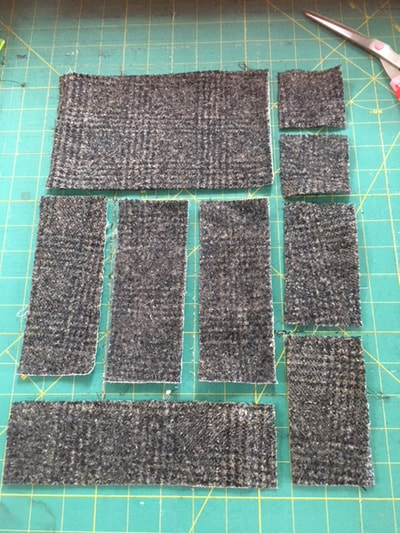
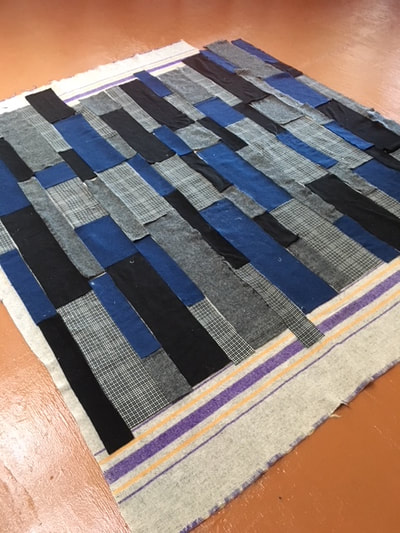
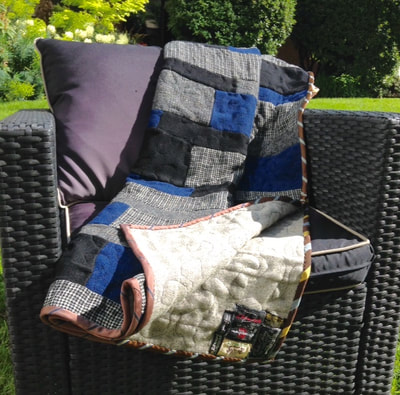
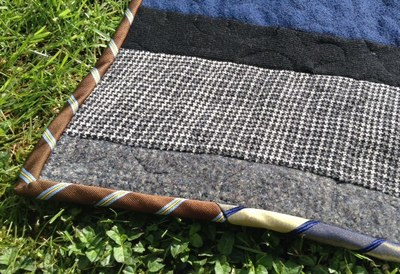

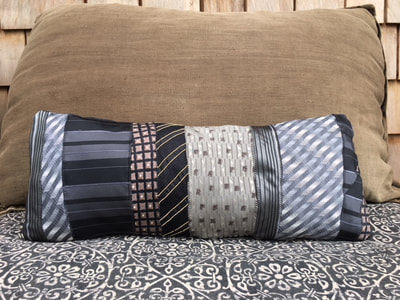
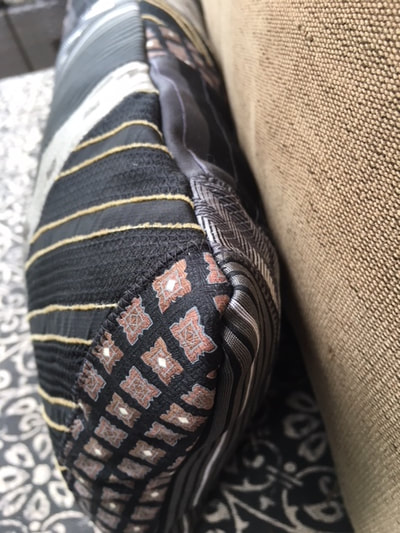

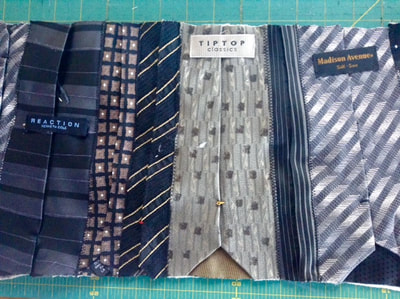
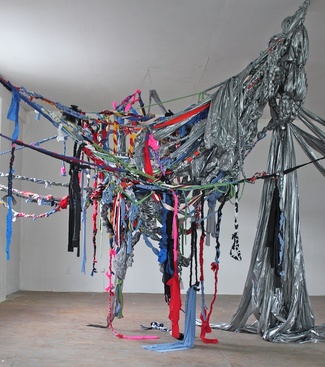
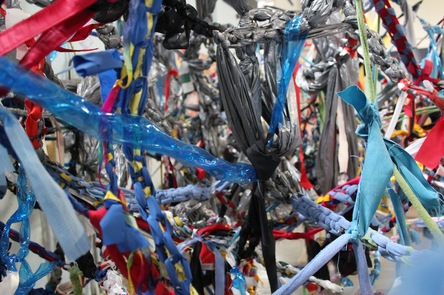
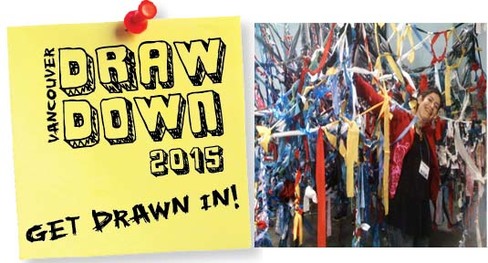

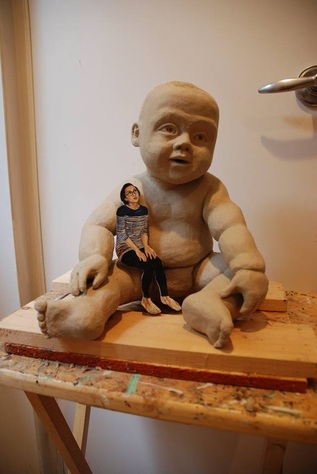
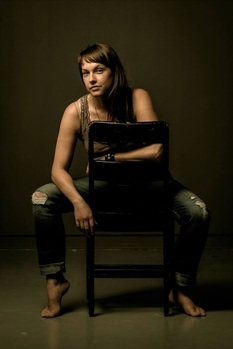
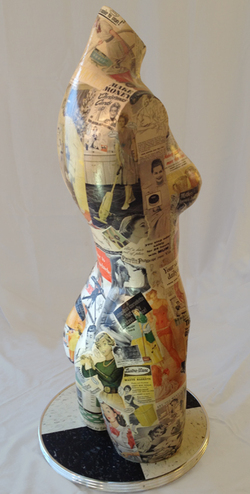
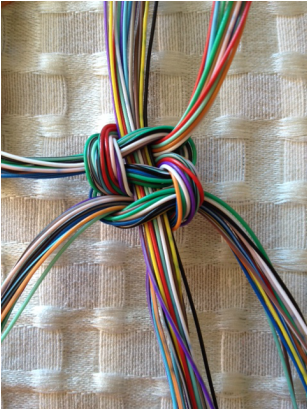
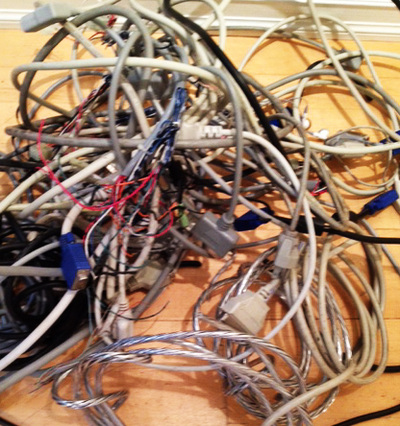

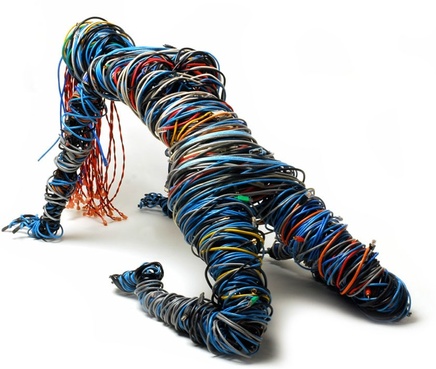
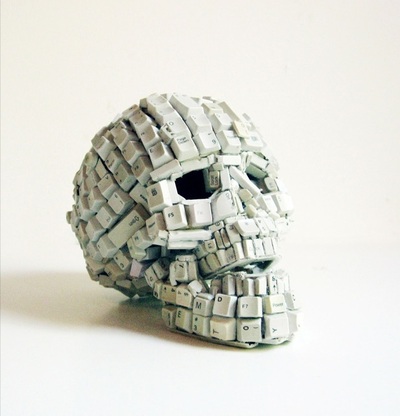
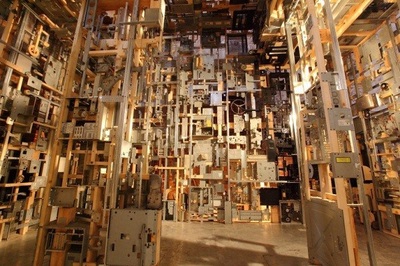

 RSS Feed
RSS Feed

